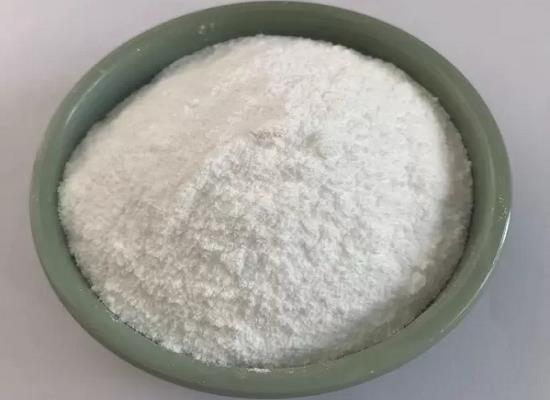 |
Retatrutide, a synthetic peptide composed of 39 amino acids, acts as a triple agonist for the glucagon receptor, glucagon-like peptide-1 receptor, and gastric inhibitory polypeptide receptor. This compound shows promise in treating obesity, type 2 diabetes, and non-alcoholic fatty liver disease by regulating appetite, enhancing insulin secretion, and suppressing glucagon production. Administered subcutaneously once a week, retatrutide has a pharmacokinetic half-life of approximately six days. Ongoing clinical studies demonstrate its efficacy in improving glucose management and insulin sensitivity, potentially revolutionizing treatments for metabolic diseases.

Figure 1. Retatrutide
Retatrutide, also known as LY-3437943, is a synthetic peptide with 39 amino acids that functions as a triple agonist for the glucagon receptor, glucagon-like peptide-1 receptor, and gastric inhibitory polypeptide receptor. This innovative compound has strategic modifications in its amino acid sequence to enhance stability and functionality. Notably, retatrutide includes amino isobutyric acid to inhibit Dipeptidyl Peptidase 4 cleavage and fatty diacid moieties for extended pharmacokinetic properties. These modifications give retatrutide a significantly prolonged half-life in circulation.
1
Retatrutide has the potential to be a future therapeutic option for obesity due to its ability to target hunger-regulating receptor pathways. By interacting with the glucagon receptor, gastric inhibitory polypeptide receptor, and glucagon-like peptide-1 receptor, retatrutide can regulate appetite and glucose metabolism. Its subcutaneous administration once a week, supported by a six-day half-life, makes it a promising treatment for obesity, type 2 diabetes mellitus, and non-alcoholic fatty liver disease.
2
Retatrutide acts as a glucagon-like peptide-1 receptor agonist, enhancing insulin secretion and suppressing glucagon production to lower blood glucose levels. It also influences hunger-regulating centers in the hypothalamus, reducing appetite and promoting weight loss. These dual effects on appetite and glycemic control position retatrutide as a significant player in managing metabolic disorders.
2
Clinical studies have shown that retatrutide is more effective at activating the human gastric inhibitory polypeptide receptor compared to natural hormones acting on the glucagon and GLP-1 receptors. This higher efficacy suggests that retatrutide not only offers a novel approach to treating obesity but also enhances insulin sensitivity and glucose management in patients with type 2 diabetes. With ongoing research into its long-term effects and safety profiles, retatrutide may redefine current treatment standards for metabolic diseases.
2
1. Doggrell SA. Retatrutide showing promise in obesity (and type 2 diabetes). Expert Opin Investig Drugs. 2023 Jul-Dec; 32(11): 997-1001.
2. Kaur M, Misra S. A review of an investigational drug retatrutide, a novel triple agonist agent for the treatment of obesity. Eur J Clin Pharmacol. 2024 May; 80(5): 669-676.